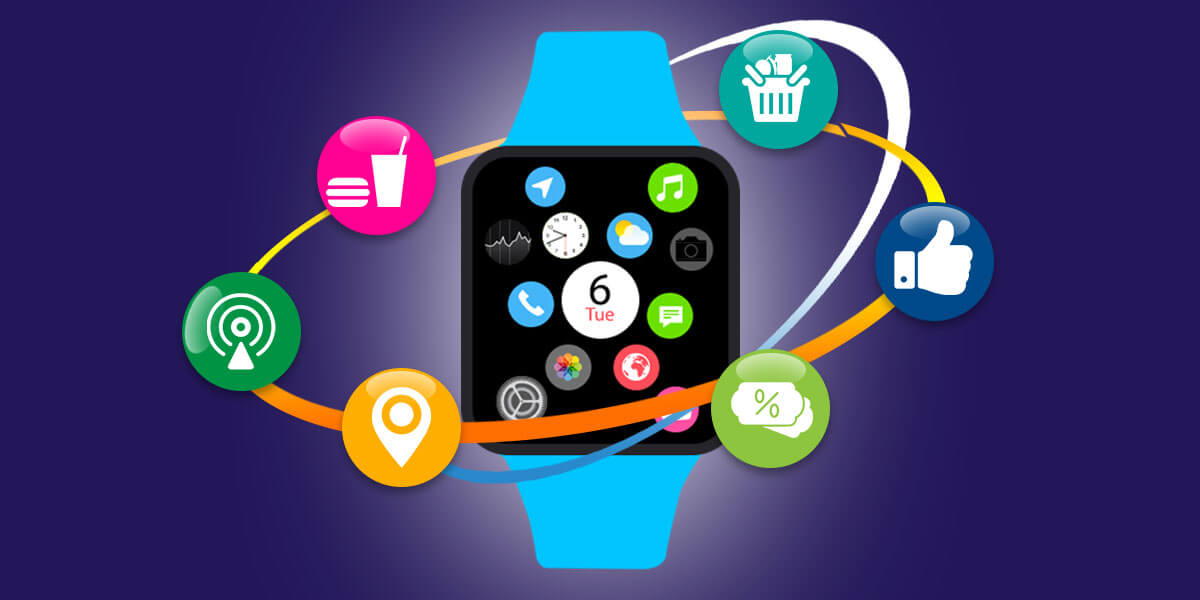Wearable devices have emerged as a promising frontier, revolutionizing how we interact with technology on a daily basis. From fitness trackers to smartwatches and augmented reality glasses, wearable devices offer unprecedented convenience, connectivity, and functionality. In this blog, we’ll explore the exciting world of wearable app development, uncovering the latest trends, challenges, and opportunities in this rapidly evolving field.
The Rise of Wearable Technology
Wearable technology has witnessed exponential growth in recent years, driven by advancements in hardware capabilities, miniaturization, and consumer demand for seamless connectivity. According to Statista, the global wearable device market is projected to reach $87 billion by 2025, with smartwatches and fitness trackers leading the pack in terms of adoption and revenue.
Exploring Wearable App Development
Wearable app development involves designing and building applications specifically tailored for wearable devices, leveraging their unique features, sensors, and form factors. Unlike traditional mobile apps, wearable apps are optimized for smaller screens, limited input methods, and continuous wearability, offering users quick access to essential information and functionalities on the go.
Key Considerations in Wearable App Development
- User Experience (UX) Design: Crafting intuitive and user-friendly interfaces is paramount in wearable app development, ensuring seamless interaction and engagement.
- Hardware Integration: Leveraging built-in sensors and features such as GPS, heart rate monitors, and accelerometers enhances app functionality and utility.
- Battery Optimization: Maximizing battery life is crucial for wearable devices, requiring efficient coding practices and minimizing resource-intensive tasks.
- Data Security and Privacy: Protecting user data and privacy is paramount, necessitating robust encryption, authentication mechanisms, and compliance with regulatory standards.
Applications of Wearable Technology
Wearable technology finds applications across various industries and domains, revolutionizing healthcare, fitness, productivity, entertainment, and more.
Healthcare and Wellness
Wearable devices play a pivotal role in monitoring vital signs, tracking fitness metrics, and facilitating remote patient monitoring. From smartwatches that monitor heart rate and sleep patterns to wearable glucose monitors for diabetic patients, these devices empower individuals to take control of their health and well-being.
Fitness and Sports
Fitness enthusiasts and athletes leverage wearable devices to track workouts, set goals, and monitor performance metrics in real-time. From step counters and calorie trackers to GPS-enabled running watches and swim trackers, wearable technology provides actionable insights to optimize training regimens and enhance athletic performance.
Productivity and Communication
Smartwatches and wearable gadgets serve as extensions of smartphones. Offering users convenient access to notifications, emails, calendar events, and calls without having to reach for their phones. Voice commands and gesture-based controls further streamline communication and productivity tasks, enabling users to stay connected and organized on the go.
Augmented Reality (AR) and Virtual Reality (VR)
Wearable AR and VR devices transport users to immersive digital worlds, blurring the lines between the physical and virtual realms. From AR glasses that overlay digital information onto the real world to VR headsets. That provide immersive gaming and entertainment experiences, wearable technology is redefining. How we interact with digital content and environments.
Challenges and Opportunities
While wearable technology holds immense potential, developers face several challenges in designing and deploying successful wearable apps. These include compatibility issues, limited processing power and memory. Fragmented ecosystems, and the need for seamless integration with existing platforms and services. However, overcoming these challenges presents exciting opportunities for innovation, creativity, and market differentiation.
Conclusion
In conclusion, wearable app development represents a compelling opportunity for developers, entrepreneurs. And businesses to capitalize on the growing demand for wearable technology. By embracing user-centric design principles, leveraging hardware capabilities, and exploring new use cases and industries. Developers can pioneer future tech innovations that enhance our lives, empower individuals. And transform industries. As wearable technology continues to evolve, the possibilities are limitless, offering boundless opportunities for innovation and growth in the digital age
